Have you read Sheryl Sandberg and Adam Grant’s new book Option B: Facing Adversity, Building Resilience, and Finding Joy? Well, there is a reason it is a New York Times best-seller! Many know Sheryl Sandberg as the best-selling author of Lean In and the COO of Facebook. Equally impressive, Adam Grant is the top-rated professor at Wharton and has written two other bestsellers that I highly recommend! The duo’s newest collaboration, Option B was written after Sheryl’s husband died suddenly at only 48. In Option B, Sandberg and Grant discuss facing adversity, finding strength, and building resiliency—experiences we can all learn from.
While there are so many worthwhile lessons to share from Option B, one that I couldn’t wait to share with you is about failing and learning at work. Think about it, we are accustomed to sharing our greatest triumphs and quickly passing over our failures. Look at your resume, it only highlights accomplishments, yet not mistakes. But, what if we spent just as much time discussing our failures as our successes? How could that benefit us in the workplace?
Why Focus on Failure?
To demonstrate the importance of failure, Sandberg and Grant share the results of a research study aimed at predicting whether a space flight will be successful. Now, you might be wondering how space flights relate to you or your business, but hang in here with me. These researchers tracked every space launch for five decades, and guess what they found to be the greatest predictor of success? You might think it was past successes, but actually the greatest predictor of success was how many times the company previously failed! In fact, the bigger the failures the greater their chances of success on the next try! While that might seem counterintuitive, we actually spend more time analyzing bigger failures than smaller ones.
Sheryl and Adam give several examples from the Marine Corps to a small business that makes gloves to show that businesses who focus on learning from failures, outperform companies who quickly pass over them. So, how can you take the long view and implement systems at your company to reflect and learn from failures?
Start by making it safe to talk about failures. If you’re the leader on your team, start with sharing your mistakes. Could you imagine sharing your yearly performance evaluation openly with your team? This would show your entire team how you’re working to improve, just like you expect your employees to. After you share your mistakes, ask others to share theirs. The more people talk about their failures, the less people take it personally. This creates an amazing ripple effect: people share more mistakes, people become more open to feedback, the more feedback is provided, and the better you become!
You can even turn sharing your failures into a fun exercise. That’s right, even failure can be fun! One of Sheryl’s colleagues at Google would bring a stuffed monkey named Whoops to her team’s weekly meetings. After every team member shared their mistakes, they would vote on the biggest screwup of the week, and that employee would get to keep the monkey until next week! Of course, after sharing the mistakes, you have to also spend time to share how the mistake can be avoided in the future, and what you learned from that failure.
What will you start doing at your company to celebrate mistakes? Whatever it is, be open and patient with your team. It will take some practice to be willing to share failures, but you will start to see the benefits of a learning-mindset in your team!
Does this inspire you to focus on failure at your work? Share your thoughts and lessons with me on social media!

